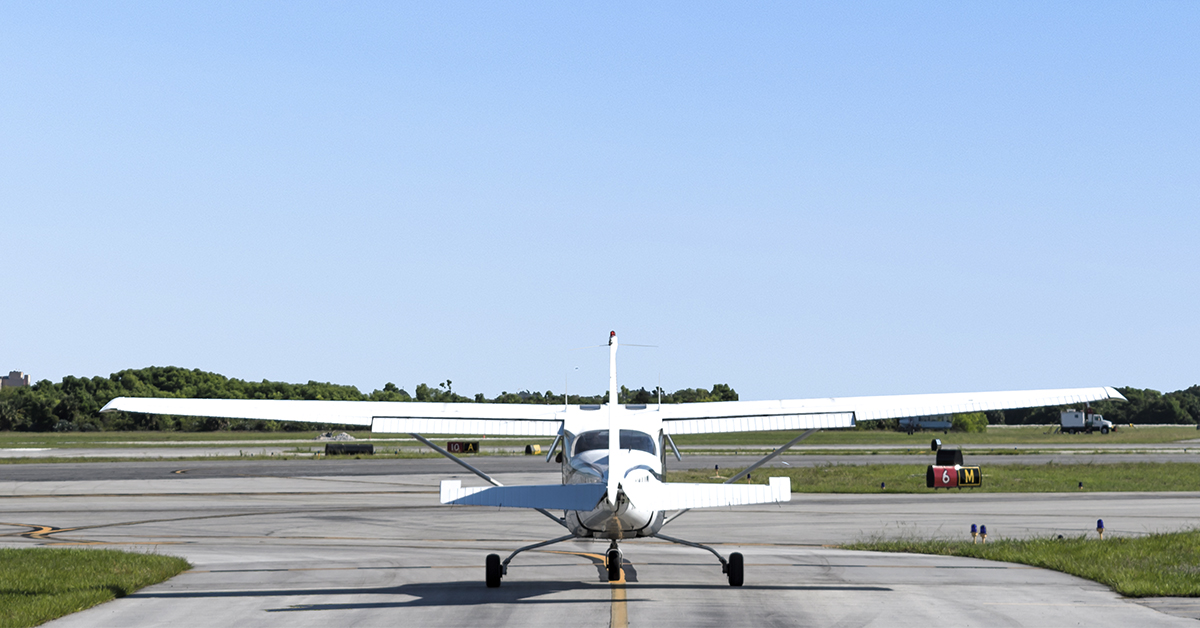By: Richard Hyslop – Retired AA Captain
Is your runway long enough? This is the million dollar question, which has a complicated answer. Remember that Airlines are in the business of moving people from one place to another. Our customers choose their city of residence or destination by factors unrelated to airport/runway availability. The runway design engineer is often challenged by local topography and land availability. The airlines have the task of supplying the aircraft type, either by capacity or frequency, that will support the needs of that area. So how are runways constructed to meet the safety requirements set forth by the FAA and still service the cities to and from which our passengers fly?
Having enough runway is a performance issue. In a previous article we talked about V1 as a decision speed. Prior to V1 there is enough runway left to stop; conversely, after V1 going airborne is the only option because there is not enough remaining runway to reject (abort) the takeoff. The term Balanced Field is used to describe this Accelerate-Stop/Accelerate-Go distance (also known as the Go/No-Go distance). To say it another way, the Accelerate-Stop Distance is equal to the Accelerate-Go Distance. The performance of the aircraft is the determining factor of how rapidly V1 is attained.
Another regulation that must be considered is the failure of an engine (Vef). If the engine fails prior to V1 and the abort process (idle power, max braking) is initiated prior to V1, there must be enough runway to stop. However, if the engine fails prior to V1, but the abort process is not started prior to V1, the takeoff is to be continued and a requirement of reaching 35 feet (flying at the safety speed of V2) must be reached by the runway end. (Note: recall that V2 is the takeoff safety speed associated with L/D max.)
With the understanding that V1 is a performance issue, some factors affecting performance need to be mentioned. To set a baseline for their engine’s performance, the manufacturers (GE, Pratt and Witney, IAE, Rolls Royce) use a standard day, 15 degrees C at sea level. As deviations from the standard day occur, the performance of the engine is reduced. Altitude and temperature are two of the most important factors affecting engine performance. Of course, the performance needed to achieve V1 cannot be discussed without taking into consideration aircraft weight. All of these factors affect how quickly V1 is reached.
In a perfect world all the runways are at sea level, the temperature is 15 degrees C, and unlimited land is available to build the ideal runway. Since this is the exception rather than the rule, future articles will look at how runways can be adapted to meet the challenges of where our customers live.
Clear Skies and Soft Landing,
Captain Richard Hyslop










